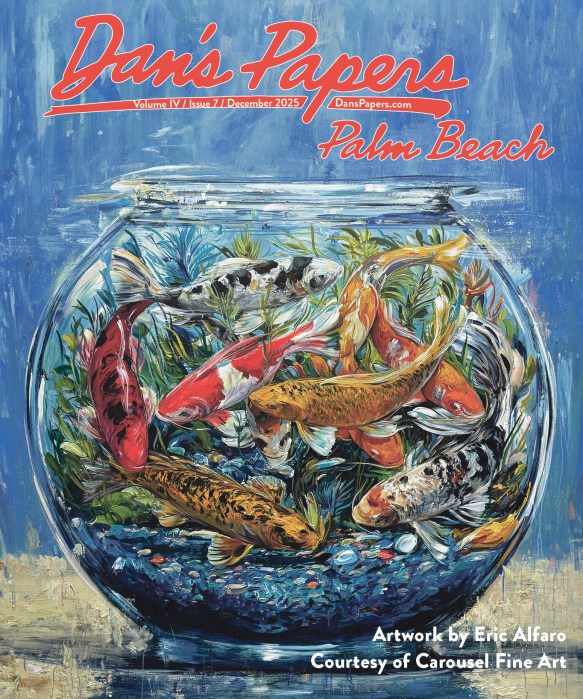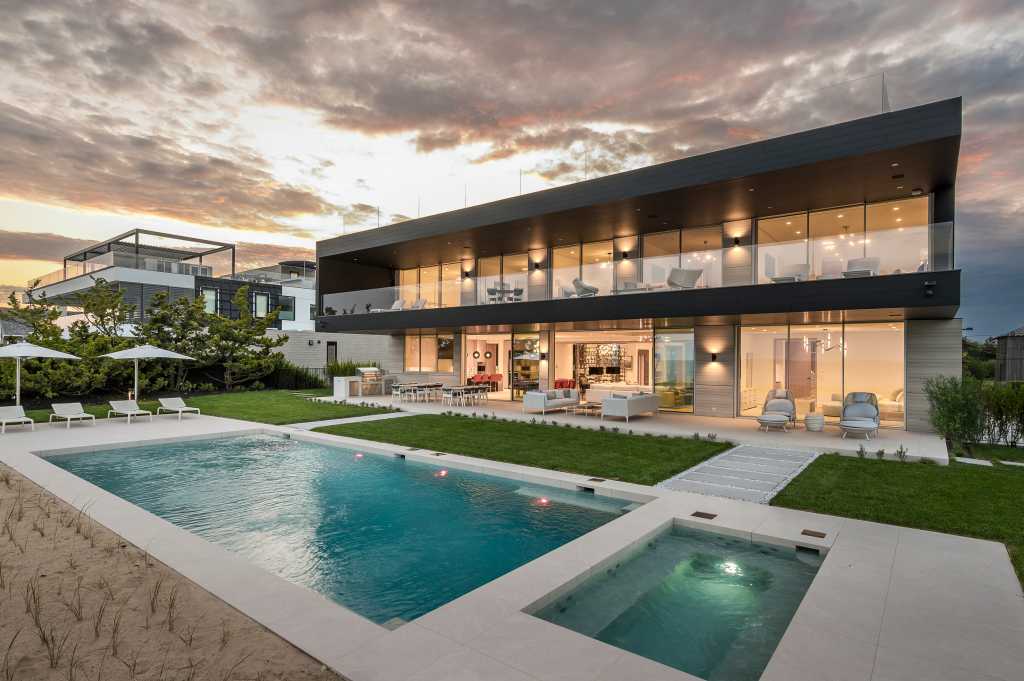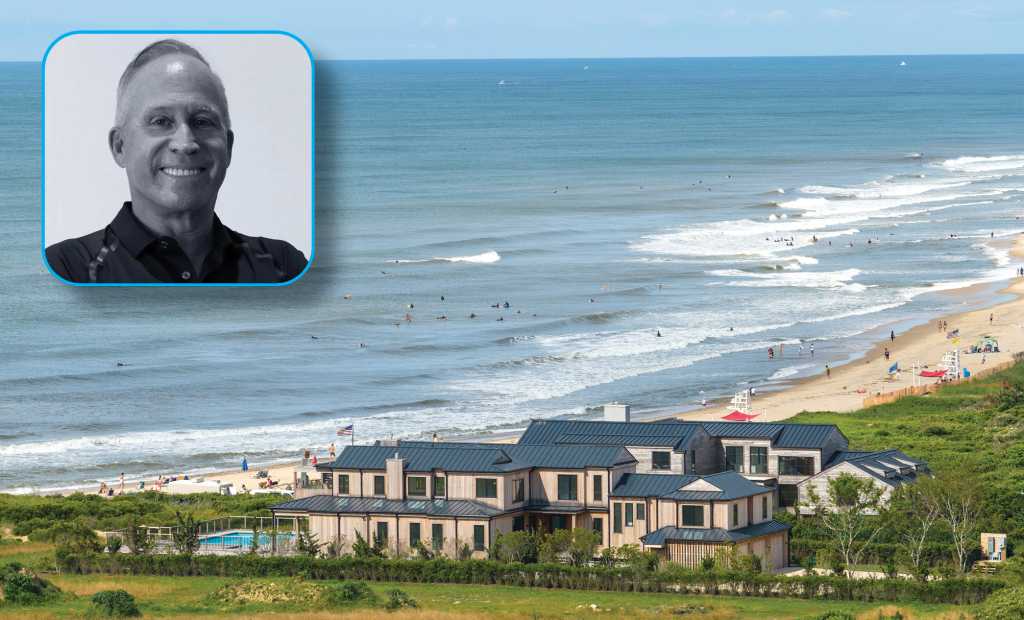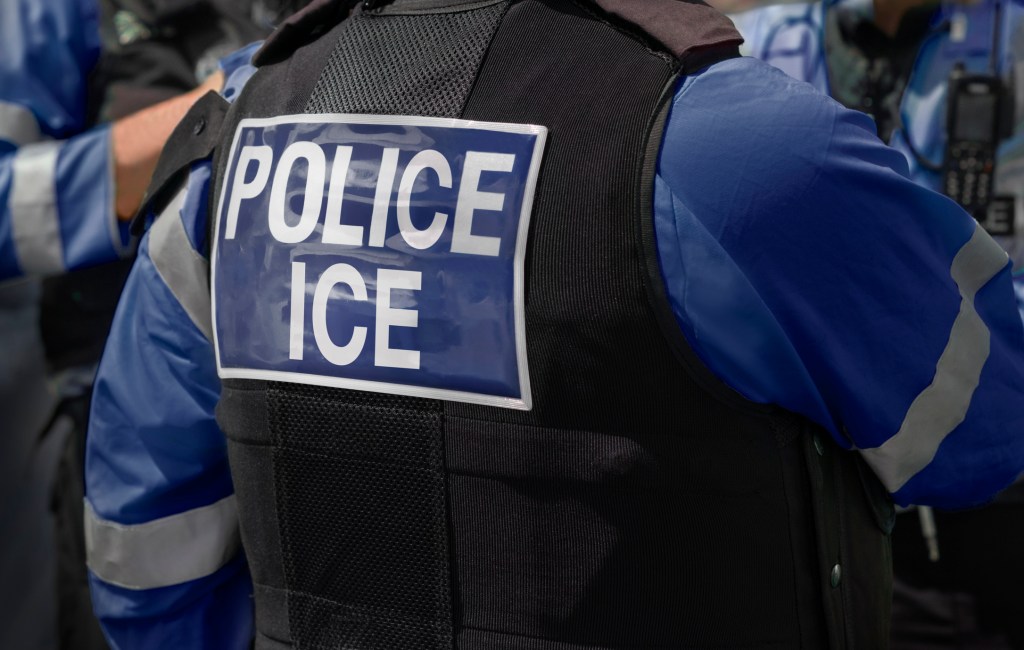Carousel Fine Art Builds a New Home in West Palm Beach

With galleries across the country, including their newest location in West Palm Beach, Carousel Fine Art has quickly established a distinctive presence in the American art landscape. Founded by husband-and-wife team Laura and Philippe Horowicz, the gallery group is driven by youthful ambition, strategic risk-taking, and a deep commitment to relationships with collectors and artists alike. This issue’s cover features artwork by Eric Alfaro, one of the many standout artists they represent.
Carousel’s footprint now includes Atlanta (Lenox Square and Buckhead Village), New Buffalo, Chicago, Miami, and West Palm Beach Nora District (965 N Railroad Avenue). The couple represents a broad roster of artists at various stages in their careers, unified by a dedication to quality, innovation and visual impact.
The business began in 2020 as a B2B art solution for artists and galleries. The turning point arrived during the COVID-19 lockdowns, when Philippe and Laura recognized that extraordinary artworks were sitting unseen in storage as galleries temporarily shut their doors. They began connecting these works by staging them in luxury real estate for sale, introducing it to new audiences. This collaborative, resourceful model became the backbone of Carousel Fine Art, “art sells real estate and real estate sells art.”
Philippe Horowicz, a 33-year-old native of Switzerland, sat down with Dan’s Papers Palm Beach to discuss Carousel’s rapid growth, the challenges along the way, and the unique partnership he shares with his wife Laura, who grew up in Kentucky and plays an essential role in both the vision and day-to-day operations of the company.
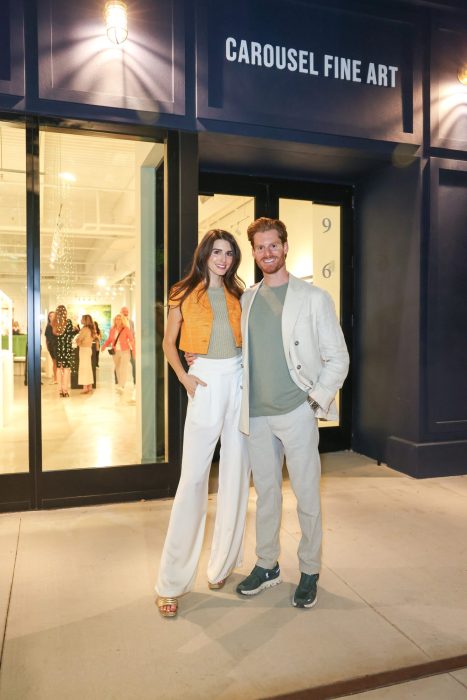
A Conversation with Philippe Horowicz of Carousel Fine Art
When did you realize Carousel had the potential to expand across the country?
I’ve always been comfortable taking risks. I’m young, so I can try, fail, and try again. We’ve opened galleries in several other markets, which failed, but we are willing to take those chances. The art world is full of remarkable people, but many are at a stage in life where risk feels heavier. Laura and I built this together, starting with nothing but love for the arts, so our risk tolerance is high. We’ve failed more time than we’ve succeeded, but that’s part of the process. Those failures helped build what we have today.
How do you choose the artists you represent?
We have a strong sense of what our collectors respond to, but more importantly, we choose artists we personally connect with. If we don’t love it or understand it, it’s almost impossible to champion it. We receive close to 100 applications every month, but rarely say yes. Instead, we often discover artists at fairs, during travel or through recommendations. From there, we look at a few key criteria: Do we genuinely love the work? Do we believe our collectors will respond to it? And is the artist doing something distinct, something not oversaturated in the market? For example, we don’t represent many abstract artists simply because that field is extremely crowded. We look for mediums or techniques that are innovative and unique.
Is education a big part of the client experience?
Absolutely. In West Palm Beach, for instance, many collectors already have a strong understanding of art. But in Atlanta, where we have two galleries, the market is newer. Over 90% of visitors are encountering a contemporary gallery experience for the first time. Educating clients becomes part of the fun. We walk them through the space, introduce them to the artists, and help them understand the story behind what they’re viewing.
What led you to open in New Buffalo?
We have a strong Chicago network, and many of our collectors have second homes by Lake Michigan. Every summer we set up pop-ups, two years in a row in Saint-Tropez, and this year we decided to open in New Buffalo instead. We realized that it is incredibly affluent yet underserved in terms of contemporary art. We partnered with an existing gallery there, brought in our artists and branding, and opened in June 2025. It’s been a beautiful experience and a successful season.

That aligns with your philosophy around “educated risks,” doesn’t it?
Very much so. Many galleries open in traditional art capitals like LA, New York, Paris, Miami, but that requires significant capital. Because we bootstrapped from day one, we grew differently. We chose markets with strong demographics while underserved. That strategy shaped our success in Atlanta and Chicago, where the appetite for contemporary art is growing but not oversaturated.
How would you describe your curatorial style?
Most of our galleries operate in high-visibility, high-foot-traffic locations. Because of that, we focus primarily on mixed curation, works from multiple artists shown together, about 90% of the time. Then, two to four times a year, we stage solo exhibitions with music, events, and artist appearances. In Chicago, one of our two levels is dedicated to solo shows, while the other is curated more broadly for collectors who walk in from the neighborhood.
How do you curate mixed-artist rooms in a way that feels intentional?
We lead with aesthetics. Storytelling is essential, but the visual flow of the space is what brings people in, just the way a great book cover draws you before you read the first page. Laura and I rehang our galleries constantly. We’ll spend 24 hours straight reinstalling if that’s what it takes to create the right experience. This week in West Palm, a collector purchased an entire corner because of the way the pieces interacted with one another. That’s intentional curation.
What makes the Palm Beach market unique?
South Florida, from Delray to Jupiter, has always been one of our strongest regions. We’ve done several fairs at the West Palm Beach Convention Center, so we’ve developed deep relationships there. The demographic tends to be slightly older, deeply knowledgeable about art, and incredibly loyal. Many collectors acquire multiple pieces at a time. As someone who isn’t originally from the U.S., the warmth and support have been deeply meaningful. It’s a special place.
What is it like working so closely with your wife?
It’s the best part of this whole journey. We work 10- to 12-hour days, seven days a week, and haven’t taken a vacation in over a year, which isn’t the best to keep a heathy marriage, however, we share the same vision, and love what we do. Our personalities are different, which ends up bringing magic when we find the best of both of us. A mentor once told me that one of the most important decisions you make in life is choosing the right partner. I feel incredibly lucky to have Laura as my wife and business partner. This was the best decision I ever made!
Visit carouselartgroup.com to learn more.
Learn more at carouselartgroup.com.
